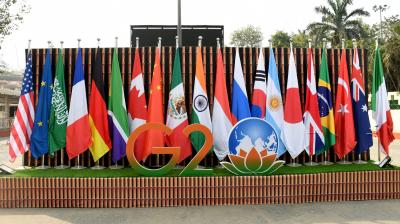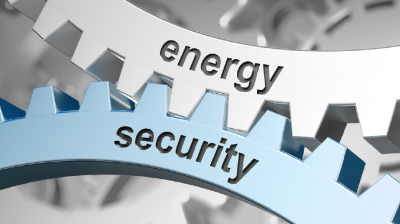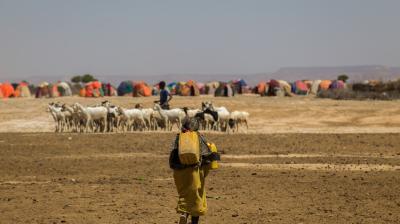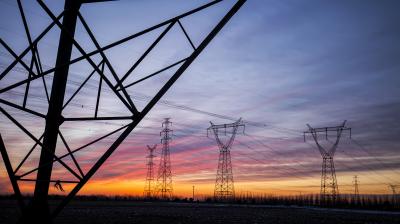EU: get your green energy diplomacy straight to avoid backlash
The EU could do more to engage with its traditional energy partners, to co-operate on green energy futures that are considered mutually beneficial.
With the agreement on the Carbon Border Adjustment Mechanism (CBAM) and the European Union’s other climate goals for 2030, the EU is making serious strides towards decarbonisation. Achieving those goals, however, will require the EU to get its green energy diplomacy in order.
Right now, many of the EU’s trading partners, particularly those exporting fossil energy and energy-intensive products, fear the impact these policies will have on them. The EU’s carbon pricing model is the most distinctive feature of the EU’s climate policies. It’s also the measure that has non-EU countries most worried.
India recently announced plans to file a complaint to the World Trade Organisation over the EU’s proposal to impose a carbon border tax. India also joins countries including China, the US, Brazil, Turkey and African nations in accusing the bloc of climate colonialism and protectionism. The EU needs to address their concerns as part of its green energy diplomacy efforts. These countries fear the CBAM – which covers imports into the EU of carbon-intensive products including iron, steel, cement, aluminium, fertilisers, electricity and hydrogen – will be extended to additional sectors and items further along the production chain, such as bicycles made of steel. They dislike that domestic carbon pricing is the only option exempt from the tax. In addition, countries exporting fossil energy to the EU realise their market is shrinking and will one day disappear altogether. This has caused anxiety among the many petrostates that depend on oil and gas revenues.
It should be said that the EU is in the process of developing its external energy engagement, but energy relations centred around the gas and oil trade have largely been the realm of Member States. EU climate diplomacy, in contrast, has focused on supporting the most climate-vulnerable countries. As a result, the EU is now confronting its limited capacity in the field of green energy diplomacy. Beyond green hydrogen, which has been identified as a priority, and rightly so, it needs funding and specialists in the field of electricity grid connectivity, battery technology, critical raw materials, and so on. The Global Gateway infrastructure investment strategy and Team Europe Initiatives by the EU and its Member States focused on the energy transition are a step in the right direction, but they won’t suffice.
For instance, in the mid-term review of the financial instrument for neighbourhood, development and international co-operation (the so-called NDICI-Global Europe instrument), budgets should be shifted to support the energy transition, including in middle-income countries. And EU delegations need to include more diplomats able to engage in discussions on carbon pricing and energy transition co-operation.
Tackling climate change and minimising its effects is a priority for the EU. It is also in the EU’s energy and broader security interest to get rid of fossil energy at home and abroad. Solar, wind and hydropower are cheaper than fossil fuels, available in more places and non-intermittent once energy storage issues are resolved by hydrogen and batteries. This is also the case for many other countries. The EU could do more to engage with its traditional energy partners, and the ones that accuse it of climate colonialism and protectionism, to co-operate on green energy futures that are considered mutually beneficial.










